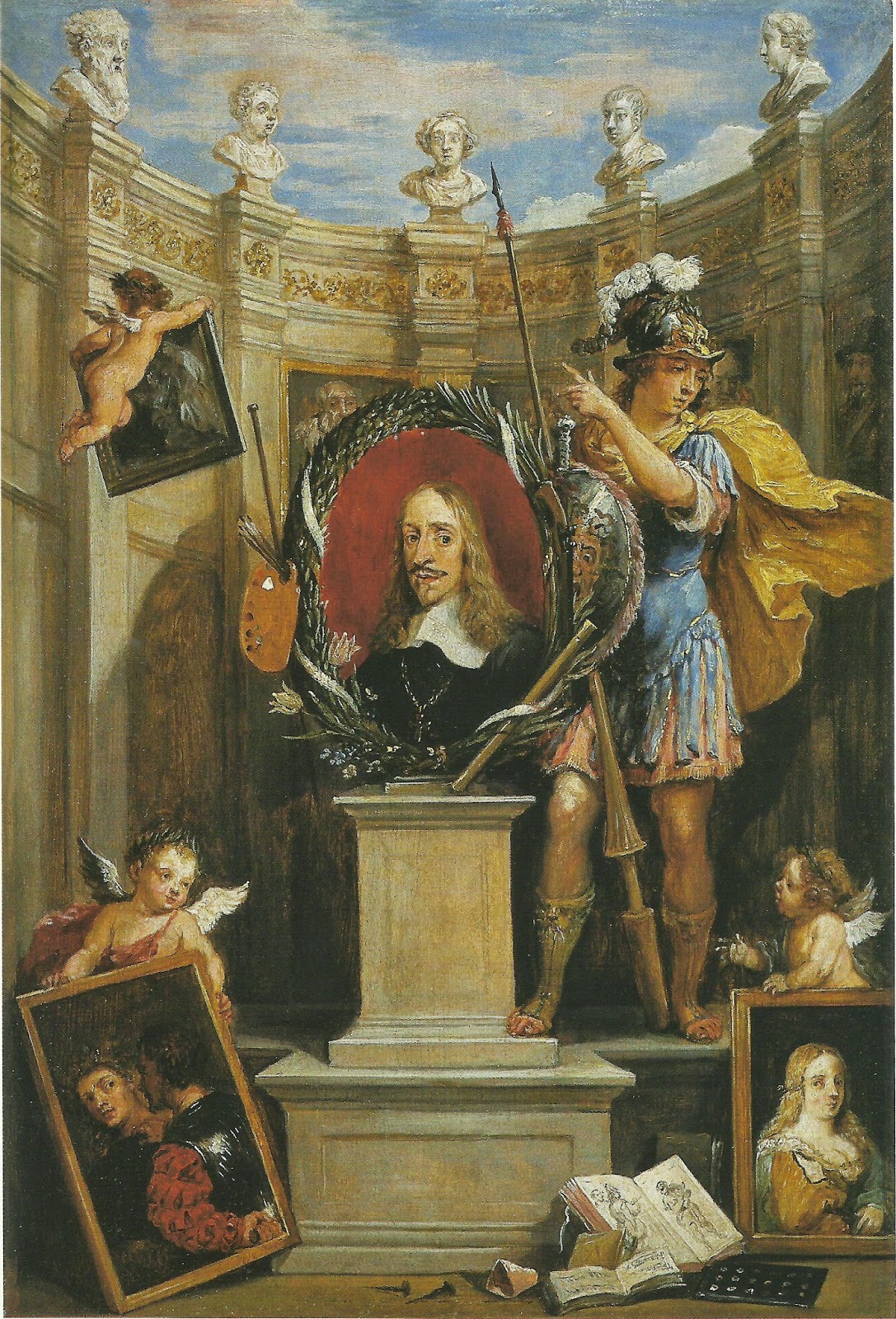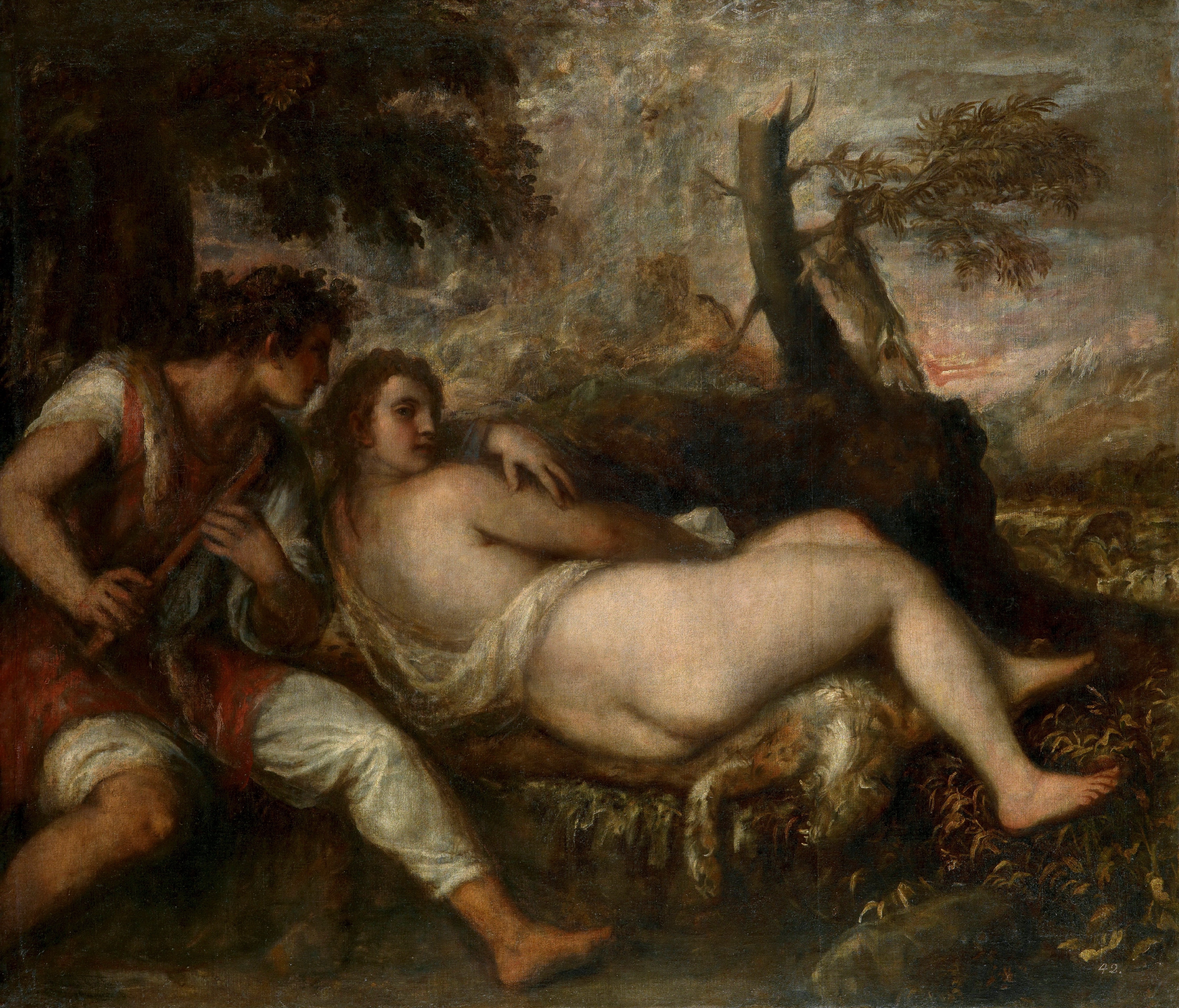|
Gallery Of Archduke Leopold Wilhelm In Brussels (Galdiano)
''Archduke Leopold Wilhelm and the artist in the archducal picture gallery in Brussels'' is a 1653 painting of Archduke Leopold Wilhelm's Italian art collection by the Flemish Baroque painter David Teniers the Younger, now held in the collection of Museo Lázaro Galdiano in Madrid.La visita del Archiduque Leopoldo Guillermo a su gabinete, acompañado de David Teniers el joven on museum website The painting shows the Archduke as a collector with friends admiring a set of paintings. The artist himself holds his hat in his hand and is listening to his patron as the archduke gestures with his cane towards some recent acquisitions. The paintings are arranged in rows on the walls of an L-shaped room, with the men standing in front of a doorway with the sculpted portr ... [...More Info...] [...Related Items...] OR: [Wikipedia] [Google] [Baidu] |
David Teniers The Younger
David Teniers the Younger or David Teniers II (bapt. 15 December 1610 – 25 April 1690) was a Flemish Baroque painter, printmaker, draughtsman, miniaturist painter, staffage painter, copyist and art curator. He was an extremely versatile artist known for his prolific output.Teniers the Younger, David at the National Gallery of Art He was an innovator in a wide range of genres such as history painting, genre painting, , |
Museo Lázaro Galdiano
Museo may refer to: * Museo, 2018 Mexican drama heist film *Museo (Naples Metro) Museo is a station on line 1 of the Naples Metro. It was opened on 5 April 2001 as the eastern terminus of the section of the line between Vanvitelli and Museo. On 27 March 2002 the line was extended to Dante Dante Alighieri (; – 14 S ..., station on line 1 of the Naples Metro * Museo, Seville, neighborhood of Seville, Spain {{disambiguation ... [...More Info...] [...Related Items...] OR: [Wikipedia] [Google] [Baidu] |
Madrid
Madrid ( , ) is the capital and most populous city of Spain. The city has almost 3.4 million inhabitants and a metropolitan area population of approximately 6.7 million. It is the second-largest city in the European Union (EU), and its monocentric metropolitan area is the third-largest in the EU.United Nations Department of Economic and Social AffairWorld Urbanization Prospects (2007 revision), (United Nations, 2008), Table A.12. Data for 2007. The municipality covers geographical area. Madrid lies on the River Manzanares in the central part of the Iberian Peninsula. Capital city of both Spain (almost without interruption since 1561) and the surrounding autonomous community of Madrid (since 1983), it is also the political, economic and cultural centre of the country. The city is situated on an elevated plain about from the closest seaside location. The climate of Madrid features hot summers and cool winters. The Madrid urban agglomeration has the second-large ... [...More Info...] [...Related Items...] OR: [Wikipedia] [Google] [Baidu] |
Archduke Leopold Wilhelm
Archduke Leopold Wilhelm of Austria (5 January 1614 – 20 November 1662), younger brother of Emperor Ferdinand III, was an Austrian soldier, administrator and patron of the arts. He held a number of military commands, with limited success, and served as Governor of the Spanish Netherlands, before returning to Vienna in 1656. Despite being nominated as Holy Roman Emperor after Ferdinand's death in 1657, he stood aside in favour of his nephew Leopold I. His main interest was in art, and he patronised artists including David Teniers the Younger, Frans Snyders, Peter Snayers, Daniel Seghers, Peter Franchoys, Frans Wouters, Jan van den Hoecke and Pieter Thijs. His collection of 17th century Venetian and Dutch paintings are now held by the Kunsthistorisches Museum in Vienna. Life Born at Wiener Neustadt on 5 January, 1614, he was the sixth of seven children born to Emperor Ferdinand II (1578-1637) and his first wife, Maria Anna of Bavaria (1574–1616). His elder brother becam ... [...More Info...] [...Related Items...] OR: [Wikipedia] [Google] [Baidu] |
Flemish Baroque Painting
Flemish Baroque painting refers to the art produced in the Southern Netherlands during Spanish control in the 16th and 17th centuries. The period roughly begins when the Dutch Republic was split from the Habsburg Spain regions to the south with the Spanish recapturing of Antwerp in 1585 and goes until about 1700, when Spanish Habsburg authority ended with the death of King Charles II.Vleighe, p. 1. Antwerp, home to the prominent artists Peter Paul Rubens, Anthony van Dyck, and Jacob Jordaens, was the artistic nexus, while other notable cities include Brussels and Ghent. Rubens, in particular, had a strong influence on seventeenth-century visual culture. His innovations helped define Antwerp as one of Europe's major artistic cities, especially for Counter Reformation imagery, and his student Van Dyck was instrumental in establishing new directions in English portraiture. Other developments in Flemish Baroque painting are similar to those found in Dutch Golden Age painting, w ... [...More Info...] [...Related Items...] OR: [Wikipedia] [Google] [Baidu] |
Theatrum Pictorium
''Theatrum Pictorium'', or ''Theatre of Painting'', is a short-hand name of a book published in the 1660s by David Teniers the Younger for his employer, the Archduke Leopold Wilhelm of Austria. It was a catalog of 243 Italian paintings in the Archduke's collection of over 1300 paintings, with engravings of the paintings taken from small models that Teniers had personally prepared. A second edition with page numbers was published in 1673. During the years 1646-1656 Leopold Wilhelm was governor of the Netherlands and formed one of the greatest art collections of his age. Teniers effectively became its curator after the death of his predecessor Jan van den Hoecke in 1651. Leopold Wilhelm's collection came to hold works by Hans Holbein the Elder, Pieter Bruegel the Elder, Jan van Eyck, Raphael, Giorgione, Paolo Veronese and more than 15 works by Titian. Teniers made a list of the painters in the collection as part of the forward to his 1673 catalog: File:Theatrum Pictorium gri ... [...More Info...] [...Related Items...] OR: [Wikipedia] [Google] [Baidu] |
The Archduke Leopold Wilhelm In His Painting Gallery In Brussels
''The Archduke Leopold Wilhelm in his Painting Gallery in Brussels'' is a 1651 painting of Archduke Leopold Wilhelm's Italian art collection by the Flemish Baroque painter David Teniers the Younger, now held in the Prado in Madrid.P01813 in the collection Description The painting shows the Archduke as a collector with friends admiring a set of paintings. The artist himself is standing at a table inspecting engravings. The paintings are arranged in rows on rear walls, with more visible through a central doorway, and a set that are positioned in the foreground leaning against chairs for inspection. History |
Museo Del Prado
The Prado Museum ( ; ), officially known as Museo Nacional del Prado, is the main Spanish national art museum, located in central Madrid. It is widely considered to house one of the world's finest collections of European art, dating from the 12th century to the early 20th century, based on the former Spanish royal collection, and the single best collection of Spanish art. Founded as a museum of paintings and sculpture in 1819, it also contains important collections of other types of works. The Prado Museum is one of the most visited sites in the world, and is considered one of the greatest art museums in the world. The numerous works by Francisco Goya, the single most extensively represented artist, as well as by Hieronymus Bosch, El Greco, Peter Paul Rubens, Titian, and Diego Velázquez, are some of the highlights of the collection. Velázquez and his keen eye and sensibility were also responsible for bringing much of the museum's fine collection of Italian masters to Spain, ... [...More Info...] [...Related Items...] OR: [Wikipedia] [Google] [Baidu] |
Philip IV Of Spain
Philip IV ( es, Felipe, pt, Filipe; 8 April 160517 September 1665), also called the Planet King (Spanish: ''Rey Planeta''), was King of Spain from 1621 to his death and (as Philip III) King of Portugal from 1621 to 1640. Philip is remembered for his patronage of the arts, including such artists as Diego Velázquez, and his rule over Spain during the Thirty Years' War. By the time of his death, the Spanish Empire had reached approximately 12.2 million square kilometers (4.7 million square miles) in area but in other aspects was in decline, a process to which Philip contributed with his inability to achieve successful domestic and military reform. Personal life Philip IV was born in the Royal Palace of Valladolid, and was the eldest son of Philip III of Spain, Philip III and his wife, Margaret of Austria (1584–1611), Margaret of Austria. In 1615, at the age of 10, Philip was married to 13-year-old Elisabeth of France (1602–1644), Elisabeth of France. Although the ... [...More Info...] [...Related Items...] OR: [Wikipedia] [Google] [Baidu] |
Rothschild Family
The Rothschild family ( , ) is a wealthy Ashkenazi Jewish family originally from Frankfurt that rose to prominence with Mayer Amschel Rothschild (1744–1812), a court factor to the German Landgraves of Hesse-Kassel in the Free City of Frankfurt, Holy Roman Empire, who established his banking business in the 1760s. Unlike most previous court factors, Rothschild managed to bequeath his wealth and established an international banking family through his five sons, who established businesses in London, Paris, Frankfurt, Vienna, and Naples. The family was elevated to noble rank in the Holy Roman Empire and the United Kingdom. The family's documented history starts in 16th century Frankfurt; its name is derived from the family house, Rothschild, built by Isaak Elchanan Bacharach in Frankfurt in 1567. During the 19th century, the Rothschild family possessed the largest private fortune in the world, as well as in modern world history.''The House of Rothschild: Money's prophets, ... [...More Info...] [...Related Items...] OR: [Wikipedia] [Google] [Baidu] |
Courtauld Institute Of Art
The Courtauld Institute of Art (), commonly referred to as The Courtauld, is a self-governing college of the University of London specialising in the study of the history of art and conservation. It is among the most prestigious specialist colleges for the study of the history of art in the world and is known for the disproportionate number of directors of major museums drawn from its small body of alumni. The art collection is known particularly for its French Impressionist and Post-Impressionist paintings and is housed in the Courtauld Gallery. The Courtauld is based in Somerset House, in the Strand in London. In 2019, The Courtauld's teaching and research activities temporarily relocated to Vernon Square, London, while its Somerset House site underwent a major regeneration project. History The Courtauld was founded in 1932 through the philanthropic efforts of the industrialist and art collector Samuel Courtauld, the diplomat and collector Lord Lee of Fareham, and the art ... [...More Info...] [...Related Items...] OR: [Wikipedia] [Google] [Baidu] |
1653 Paintings
Events January–March * January 3 – By the Coonan Cross Oath, the Eastern Church in India cuts itself off from colonial Portuguese tutelage. * January– The Swiss Peasant War begins after magistrates meeting at Lucerne refuse to hear from a group of peasants who have been financially hurt by the devaluation of the currency issued from Bern. * February 2 – New Amsterdam (later renamed New York City) is incorporated. * February 3 – Cardinal Mazarin returns to Paris from exile. * February 10 – Swiss peasant war of 1653: Peasants from the Entlebuch valley in Switzerland assemble at Heiligkreuz to organize a plan to suspend all tax payments to the authorities in the canton of Lucerne, after having been snubbed at a magisterial meeting in Lucerne. More communities in the canton join in an alliance concluded at Wolhusen on February 26. * February – The Morning Star Rebellion (''Morgonstjärneupproret'') of peasants breaks out in Sweden ... [...More Info...] [...Related Items...] OR: [Wikipedia] [Google] [Baidu] |









